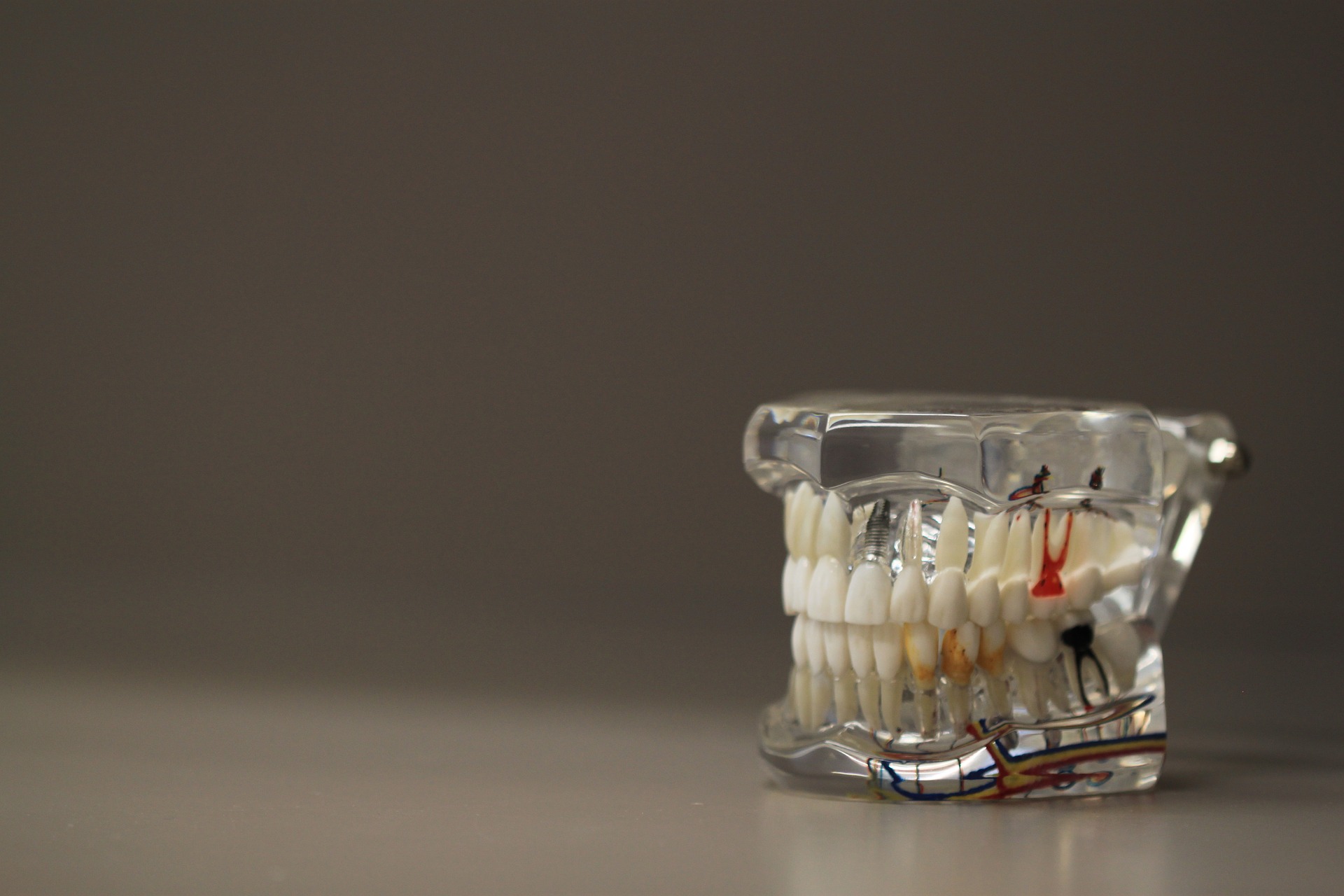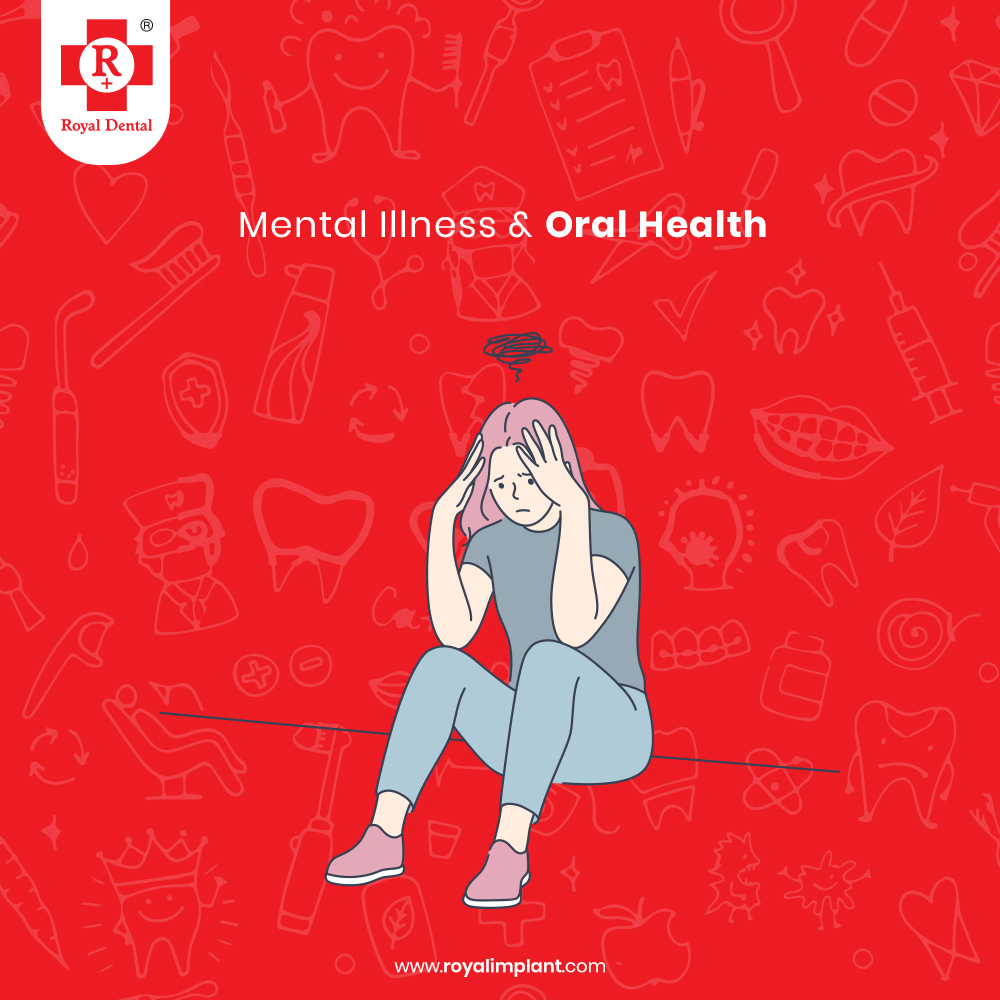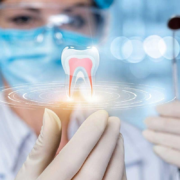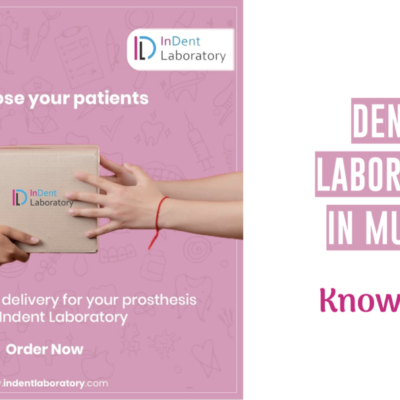Regenerative dentistry is an emerging field of dental practice that focuses on the process of stimulating the body’s natural healing response to repair and regenerate damaged tissues. The objective of regenerative dentistry is to stimulate the body’s own healing response. In order to repair and regenerate oral structures with minimal surgical intervention.
It also aims to accelerate healing, encourage tissue regeneration, and reduce post-operative complications in patients who have suffered from dental trauma, caries, periodontal disease, or other oral disorders. This article discusses the fundamentals of regenerative dentistry as a specialty of dentistry, what it exactly means, the principles and techniques of regenerative dentistry, its scope in modern day practices and examples from real-world case studies.
What is Regenerative Dentistry?
Regenerative dentistry is new specialty of dentistry that aims to stimulate the body’s to repair and regenerate oral tissues. Dental tissues such as gums, teeth, and alveolar bone are capable of natural healing when properly stimulated. However, when oral tissues are exposed to disease, trauma, or other health conditions, they lose their capacity for healing. Then the body is unable to repair the oral tissues.
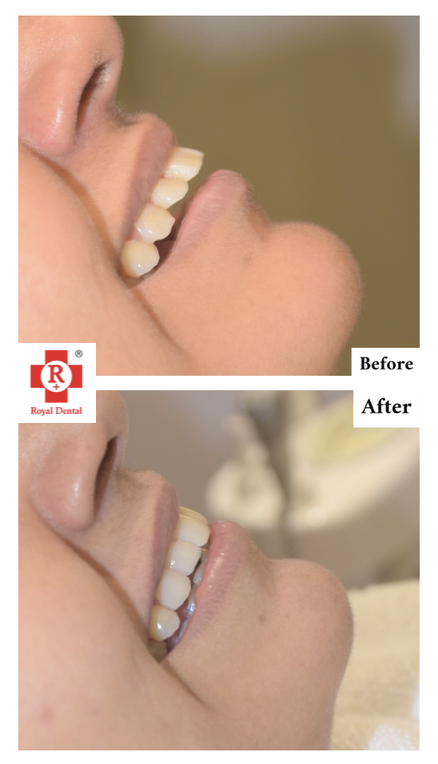
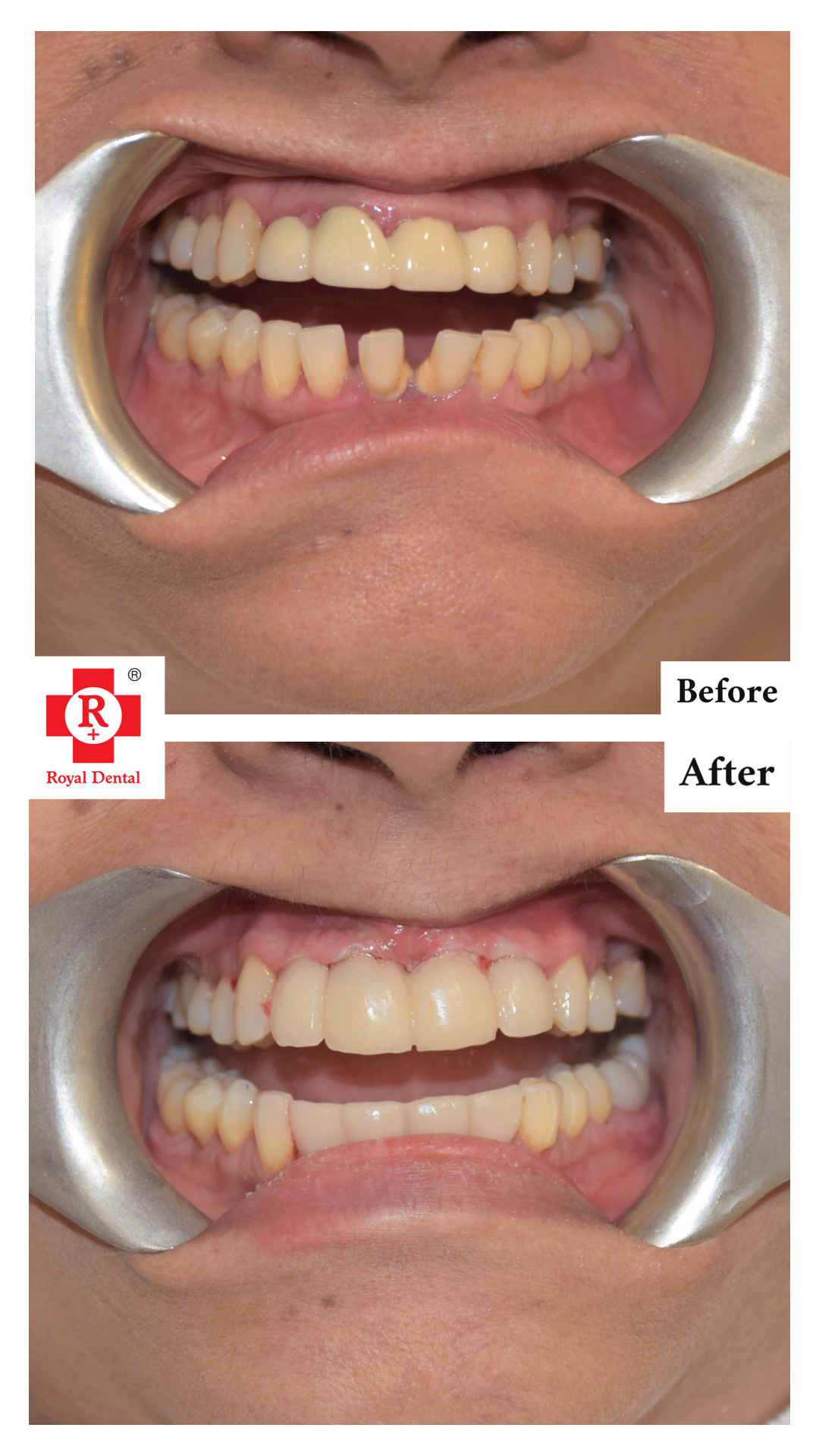
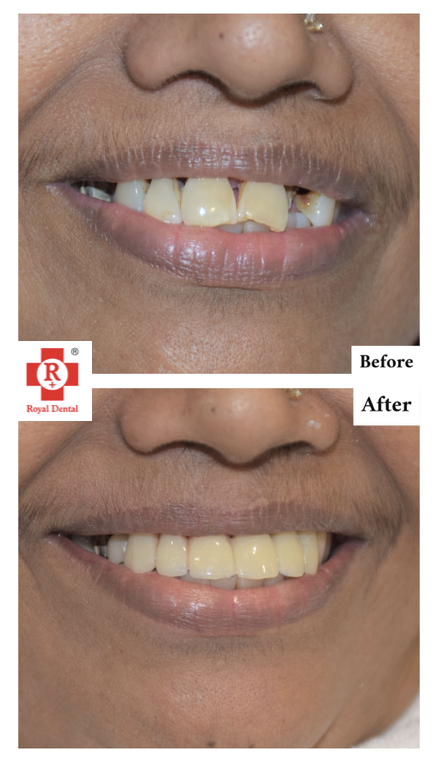
Furthermore, the objective of regenerative dentistry is to stimulate the body’s own healing response to repair and regenerate oral structures with minimal surgical intervention. It also aims to accelerate healing, encourage tissue regeneration, and reduce post-operative complications. Furthermore, in patients who have suffered from dental trauma, caries, periodontal disease, or other oral disorders.
The Regenerative medicine and dentistry
The Regenerative dentistry is one of the applications of regenerative medicine—a relatively new medical specialty dedicated to restoring and replacing tissues and organs by stimulating the body’s own cells to repair and regenerate damaged tissue. In addition, regenerative medicine promotes healing and tissue regrowth by stimulating the body’s natural healing response.
As a dental specialty, regenerative dentistry aims to promote the healing of oral tissues by stimulating the body’s own cells. In the same way that cut on your skin, the body’s cells and tissues can repair themselves with stimulated. The problem is that oral tissues often become diseased and are unable to heal. In addition, regenerative dentistry aims to repair and regenerate oral structures with minimal surgical intervention.
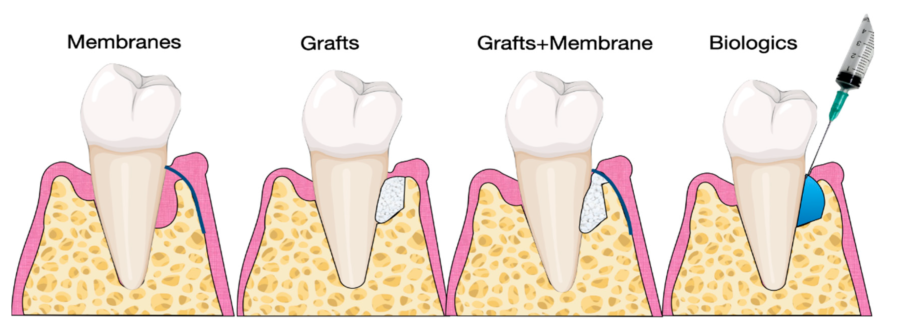
Principles of Regenerative Dentistry
Stimulation: Certain factors such as nutrients, growth factors, and oxygen can be applied to stimulate the healing process and promote cellular growth. This helps with the rebuilding of tissues and the formation of new cell growth.
Delivery: In addition, the use of specific instruments and techniques to guide the healing process and deliver the cellular growth factors to the damaged tissues.
Targeting: Furthermore, knowing the exact area of oral tissues that need to healed ones that are healthy to avoid any complications.
Key Technologies in Regenerative Dentistry
3D Printing: 3D printing is an advanced technology used in the manufacturing of customized dental and orthodontic appliances. It creates a three-dimensional model of the patient’s teeth and gums by scanning them with an intra-oral scanner. The scanning process considered painless and safe. A digital image of the patient’s mouth using a computer program. The computer program customized to create specific dental or orthodontic appliance that can be 3D printed using a specialized printer.
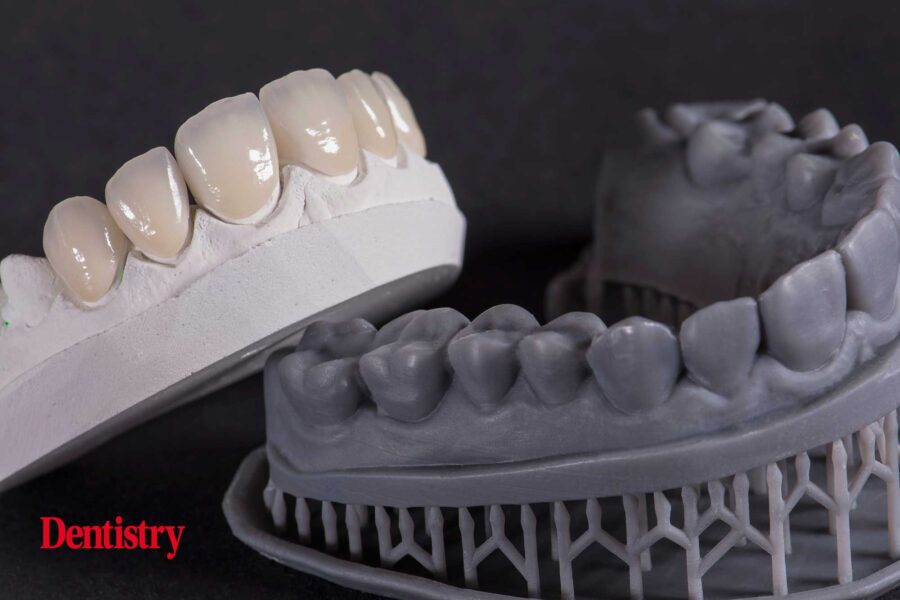
Cell Therapy: Cell therapy is a type of regenerative medicine that uses specialized cells to treat diseases and help the body heal itself. Dental cell therapy is the use of stem cells and other biological materials used to repair and regenerate oral tissues.
Gene Therapy. This is form of regenerative medicine that aims to treat diseases like cancer and diabetes by genes with health.
Immunotherapy: The use of certain agents to stimulate the body’s natural ability to resist infection and fight disease.
Conclusion
Dentistry has come a long way in the last few decades. From conventional treatments like fillings and root canals, we now have access to new technologies that promise to be more efficient and less invasive. In addition, Regenerative dentistry is one such emerging dental specialty that focuses on the process of stimulating the body’s natural healing response to repair and regenerate damaged tissues. While it still relatively young field of study, regenerative dentistry has great potential for the future of dental care.

